Home>Ideas and Tips>Creating A Pet-Friendly Home: Design Tips And Tricks
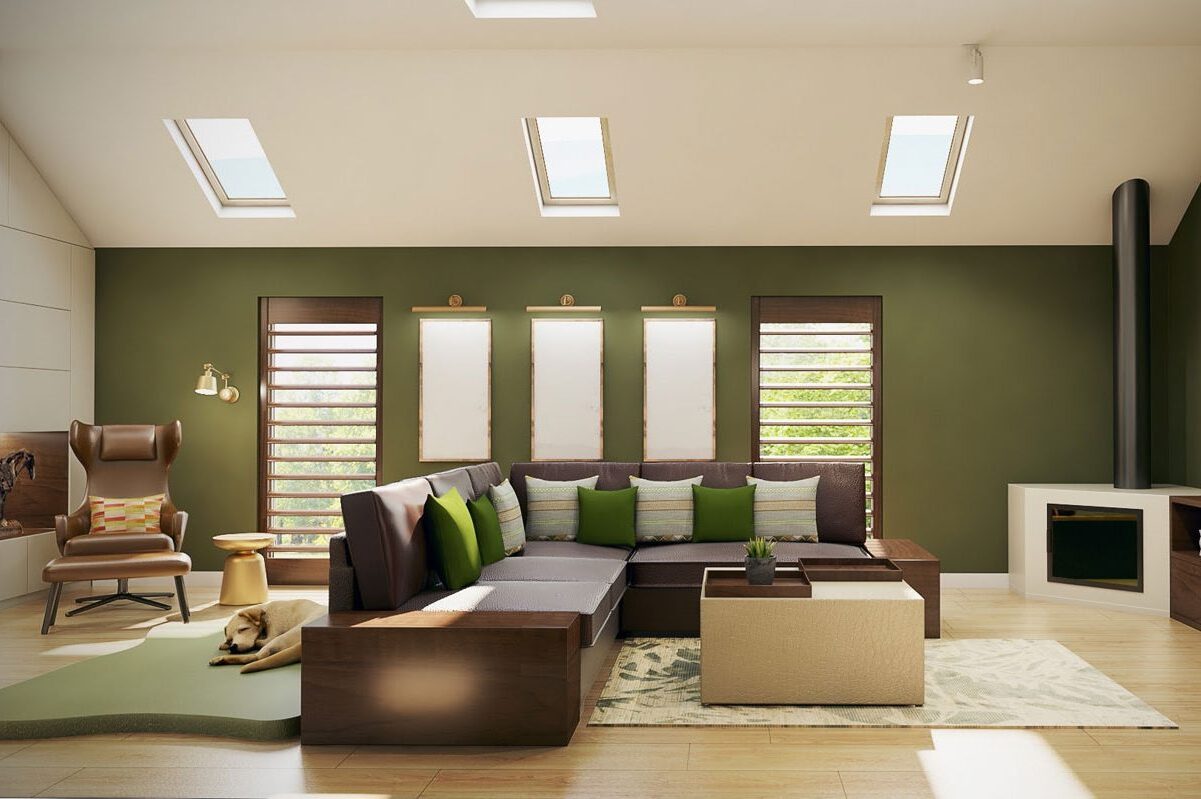

Ideas and Tips
Creating A Pet-Friendly Home: Design Tips And Tricks
Modified: November 1, 2024
Discover essential design tips and tricks for creating a stylish, pet-friendly home that ensures comfort and safety for your furry friends.
(Many of the links in this article redirect to a specific reviewed product. Your purchase of these products through affiliate links helps to generate commission for Storables.com, at no extra cost. Learn more)
As a homeowner, there's nothing quite like the joy of welcoming a furry friend into your family. However, integrating pets into your living space requires more than just love and affection; it demands thoughtful design and practical solutions. A pet-friendly home is not just about accommodating your pets but also about creating a harmonious environment where both you and your pets can thrive. In this article, we'll delve into the essential tips and tricks for designing a home that is both stylish and pet-friendly.
Understanding Your Pet's Needs
Before you begin designing your home, it's crucial to understand the unique needs of your pet. Different species have different requirements, and tailoring your home to these needs can significantly enhance the comfort and well-being of both you and your pets.
Species Matters
Dogs, for instance, are often high-energy animals that require ample space for playtime and exploration. They need areas where they can run around, exercise, and engage in activities that stimulate their minds and bodies. On the other hand, cats are generally more independent but still require designated spaces where they can rest, play, and observe their surroundings. Cats often prefer high perches or cozy nooks where they can retreat from the hustle and bustle of daily life.
Rabbits, known for their love of burrowing, require spacious areas where they can dig and chew on safe materials. Birds, meanwhile, need stimulating toys and a safe flight zone to keep them entertained and active.
Understanding these species-specific needs is essential in designing a home that meets the unique demands of each pet. For example, if you have a dog, you might consider setting up a mudroom with a dog door or creating a fenced yard where your dog can safely go outdoors at their leisure.
Life Stage Matters
The life stage of your pet also plays a significant role in designing your home. A playful puppy's needs differ vastly from those of a senior dog. Puppies require more space for running around and engaging in playful activities, while senior dogs may need easier access to areas like the bathroom or living room due to mobility issues.
Similarly, kittens are more energetic than adult cats and need plenty of toys and scratching posts to keep them entertained. Adult cats, on the other hand, may prefer more relaxed environments with plenty of cozy spots for napping.
Read more: Creating A Stylish Pet Corner In Your Home
Designing Pet-Friendly Spaces
Creating designated spaces for your pets is crucial in maintaining a safe and comfortable living environment. Here are some tips for designing pet-friendly spaces:
Designating a Space for Your Dog
For dogs, creating a designated space within your home can prevent them from seeking refuge in dangerous areas. This area should include cozy bedding, access to fresh water, and safe toys to keep them entertained. It's also important to place litter boxes away from feeding areas and ensure they are easily accessible for your pet.
For instance, setting up a cozy corner in the living room with a comfortable bed, some toys, and a water bowl can provide your dog with a safe and enjoyable space within your home. Rearranging furniture to provide pets with ample space to move and play can also contribute to a pet-friendly environment.
Creating a Safe and Secure Environment
Maintaining a safe and secure environment for your pets is paramount. This involves removing breakable items from a pet’s reach and concealing wiring to prevent pets from causing damage. Additionally, opting for faux leather or leather upholstery that can be easily wiped clean can enhance the overall style of your home while accommodating your pet’s needs.
For example, choosing dark-colored upholstery that matches your pet’s fur can help hide hair and add aesthetic appeal to your home, creating a stylish and pet-friendly living space.
Incorporating Pet-Friendly Materials
Selecting the right materials can make your home more comfortable for pets and easier for you to maintain. Comfortable, high-performance materials can significantly reduce your cleaning workload and create a more harmonious living space for both you and your pets.
Flooring: Ceramic tile or other nonporous hard surfaces are best for most pets. If you prefer carpet, choose a color that matches your pet’s fur and opt for a performance rating of 3.5 or higher. These options are easier to clean and maintain compared to traditional carpets.
Fabrics: Look for easy-care materials like leather or ultrasuede that can be wiped clean. Crypton Super Fabric is a synthetic option designed specifically for pet owners, offering stain and germ resistance. These fabrics are durable and easy to clean, making them ideal for pet-friendly homes.
Pet Beds: Consider the size of your pet and the color of their fur when choosing pet beds. You'll want something slightly larger than their body that can be easily washed. Look for beds that either have removable, washable covers or can be thrown directly into the washing machine.
Adapting Your Outdoor Space for Pets
Creating a pet-friendly yard is just as important as indoor pet-proofing. A well-designed outdoor space can provide exercise, stimulation, and a safe environment for your pets.
Designing a Pet-Friendly Yard
When designing your yard for pets, consider the following elements:
Fencing: Ensure your fence is secure and high enough to prevent escapes. This is particularly important if you have dogs that might try to dig under the fence or climb over it.
Shade: Provide shaded areas for pets to rest and cool off, especially in hot climates. This can be achieved with trees, gazebos, or even a simple canopy.
Water: Install a pet fountain or regularly refilled water bowl to keep your pets hydrated. This is especially important during hot weather when pets need extra water to stay cool.
Play Areas: Create designated spaces for play and exercise. For dogs, this might include agility courses or simply a large area where they can run around. For cats, it could be a catio (a secure outdoor enclosure) where they can safely explore.
Ramps: For small or older dogs, you might want to build a dog ramp for easy access to elevated areas like decks or patios.
Beds: Consider building an outdoor dog bed for dogs who enjoy lounging outside. This can be a comfortable spot where they can rest in the shade or sun.
Catio: For cats or other small animals that shouldn’t have unrestricted outdoor access, consider building a catio. This provides them with a safe and secure way to enjoy the outdoors while preventing them from escaping.
Implementing Safe Landscaping Practices
Choose pet-safe plants and avoid toxic varieties. The ASPCA maintains a database of plants that are hazardous to dogs, cats, and horses. Some common toxic plants include azaleas, aloe vera, certain ferns and ivies, daffodils, daisies, all varieties of lilies, tulips, and sago palm.
Pet-friendly alternatives include bamboo, catnip, African violets, begonias, zinnias, Boston ferns, camelias, and marigolds. Always check the ASPCA Toxic and Non-Toxic Plants database before adding new plants to your landscape.
Additional Outdoor Enrichment Ideas
To further enhance your yard for pets, create stimulating environments especially for them. These can include agility courses for dogs to play on and bird feeders for cats to watch from indoors. Planting a small herb garden with pet-safe herbs like parsley, basil, and mint can also provide a sensory-rich area for your furry friends to explore.
Pet-Friendly Interior Design Ideas
Incorporating your pets into the decor of your home can make it feel more welcoming and inclusive. Here are some pet-friendly interior design ideas:
Pet-Friendly Fabrics
When choosing your sofa or other furniture pieces, it's essential to opt for stain-resistant fabrics that can withstand the wear and tear of pets. Fabrics like Crypton Super Fabric or Ultrasuede are recommended because they are durable and easy to clean.
Avoid open weave fabrics as they can easily pull apart when pets scratch or rub against them. Instead, choose fabrics with tight weaves that will keep your furniture looking its best despite the presence of pets.
Pet-Proof Rugs
Pet-proof rugs are another essential element in creating a pet-friendly home. These rugs are designed to withstand spills and stains while also providing comfort underfoot. Place these rugs in high-traffic areas where pets tend to congregate.
Keeping Home Accessories Out of Reach
If you love styling your home with decorative accessories, you'll want to avoid any breakages that can occur when pets are around. Keep your most precious accessories and table lamps out of reach of wagging tails that can easily swipe them off the floor.
Place these items somewhere higher up, such as shelving, which works well if you have children too This way, you can enjoy your beautiful home decor without worrying about it getting damaged by your pets.
Pet-Friendly Plants
Is a room really complete without a plant? Plants bring a room to life by adding greenery and a fresh touch. However, it's important that your plants aren’t going to harm your animals.
Choose pet-friendly plants from brands like Patch Plants and Beards & Daisies. These plants are safe for your pets and can enhance the aesthetic appeal of your home.
Pet Toy Storage
Our pets come with lots of their own stuff, including endless amounts of toys. Before you know it, you have a mountain of pet toys with nowhere to keep them. Create a dedicated place for storing and tidying away these toys.
Choose stylish storage options like woven or patterned canvas baskets from Etsy or affordable Dunelms cotton rope baskets. You can also use glass storage jars or tins for storing pet treats in a dedicated pet area like a utility room.
Final Thoughts
Creating a pet-friendly home is not just about accommodating your pets but also about creating a harmonious environment where both you and your pets can thrive. By understanding your pet's needs, designing pet-friendly spaces, adapting your outdoor space for pets, incorporating pet-friendly interior design ideas, and implementing safe landscaping practices, you can transform your living space into a haven that nurtures your furry friend’s well-being.
Remember the importance of safety, routine, and cleanliness, and find the perfect balance between functionality and aesthetics. A pet-friendly home is not just a living space; it’s a testament to the bond shared between you and your canine companion.
May your home be filled with endless joy, paw prints, and cherished moments that define the true essence of a dog-friendly haven. Here’s to a space where love knows no bounds—yours and your pup’s.
Was this page helpful?
At Storables.com, we guarantee accurate and reliable information. Our content, validated by Expert Board Contributors, is crafted following stringent Editorial Policies. We're committed to providing you with well-researched, expert-backed insights for all your informational needs.
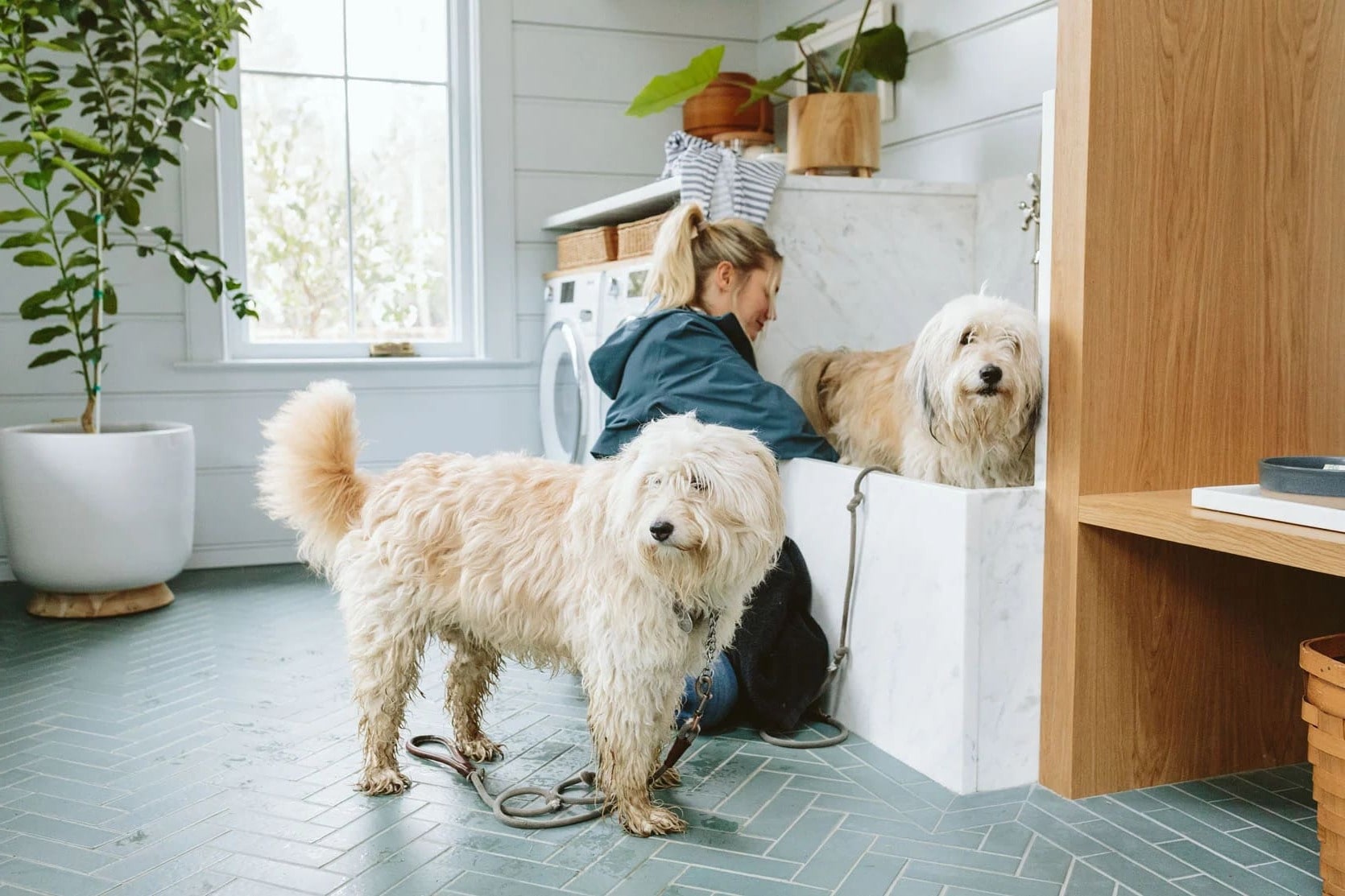
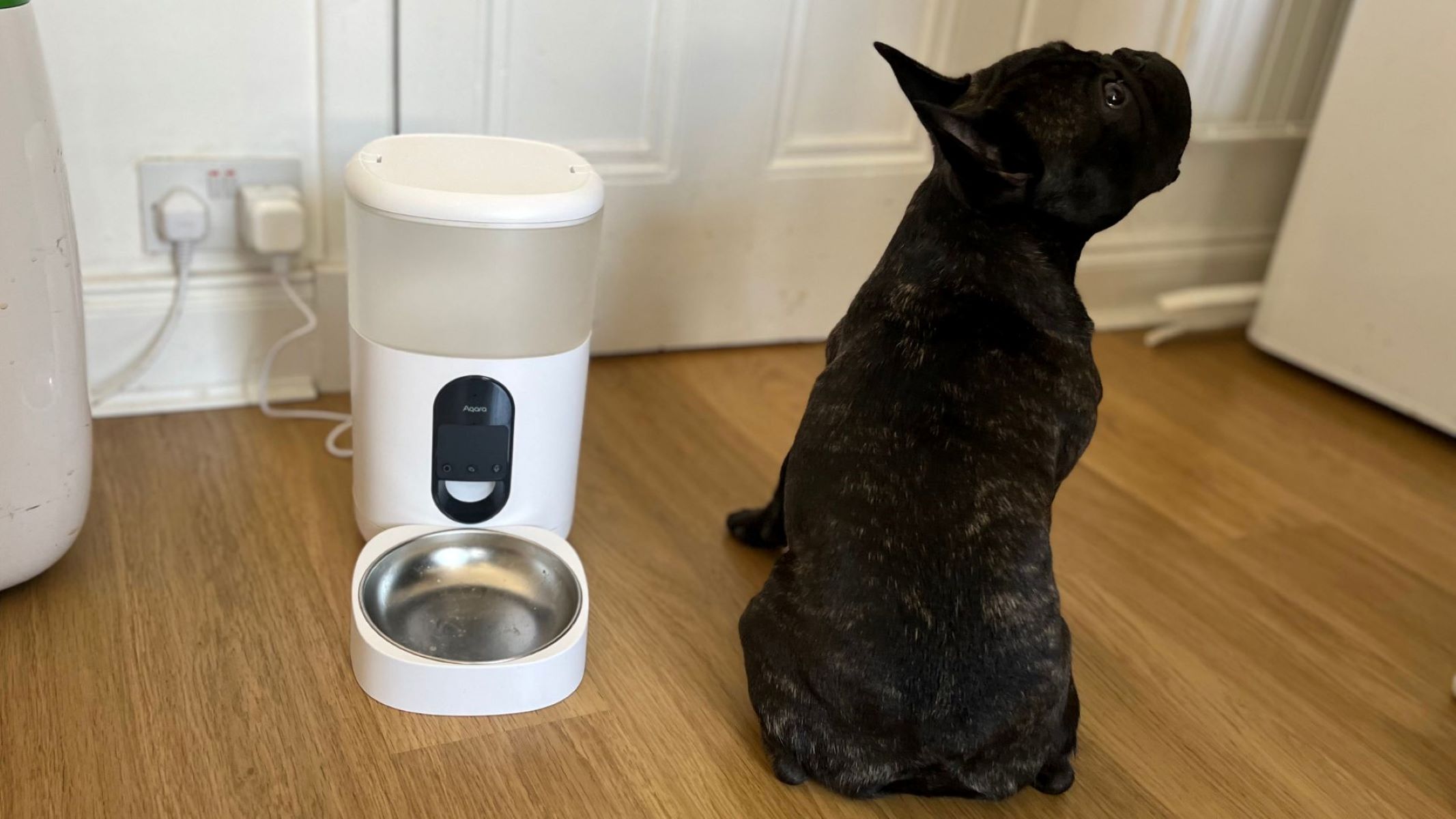
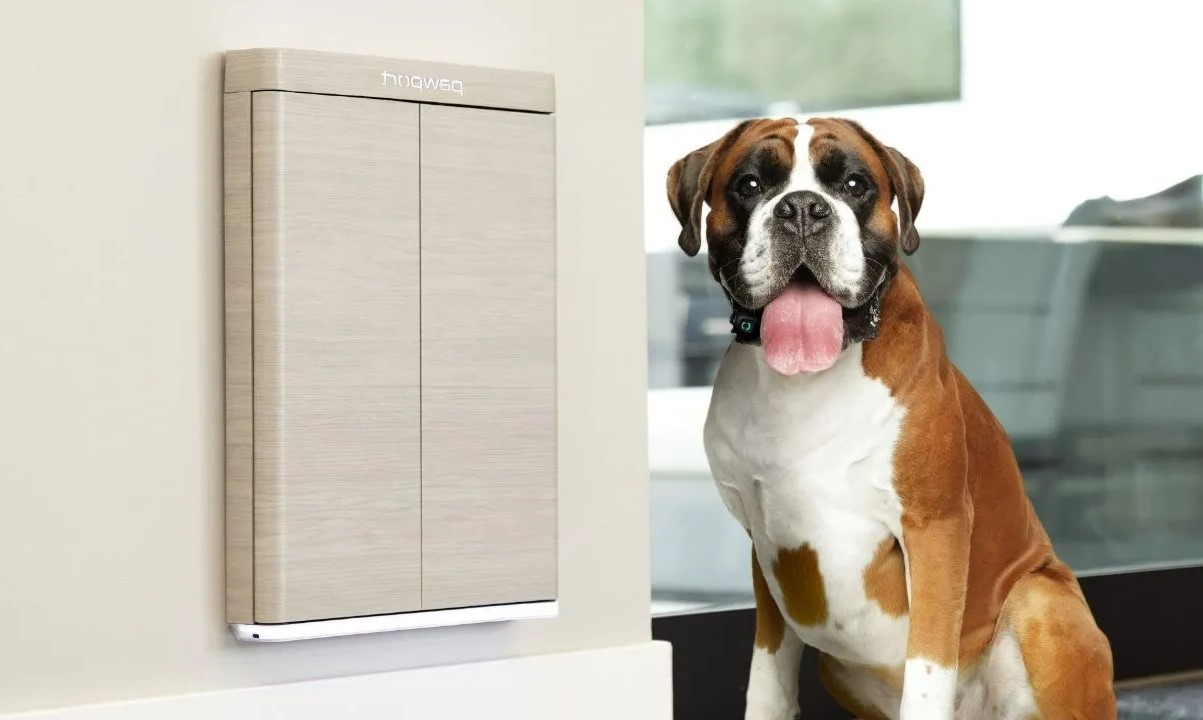
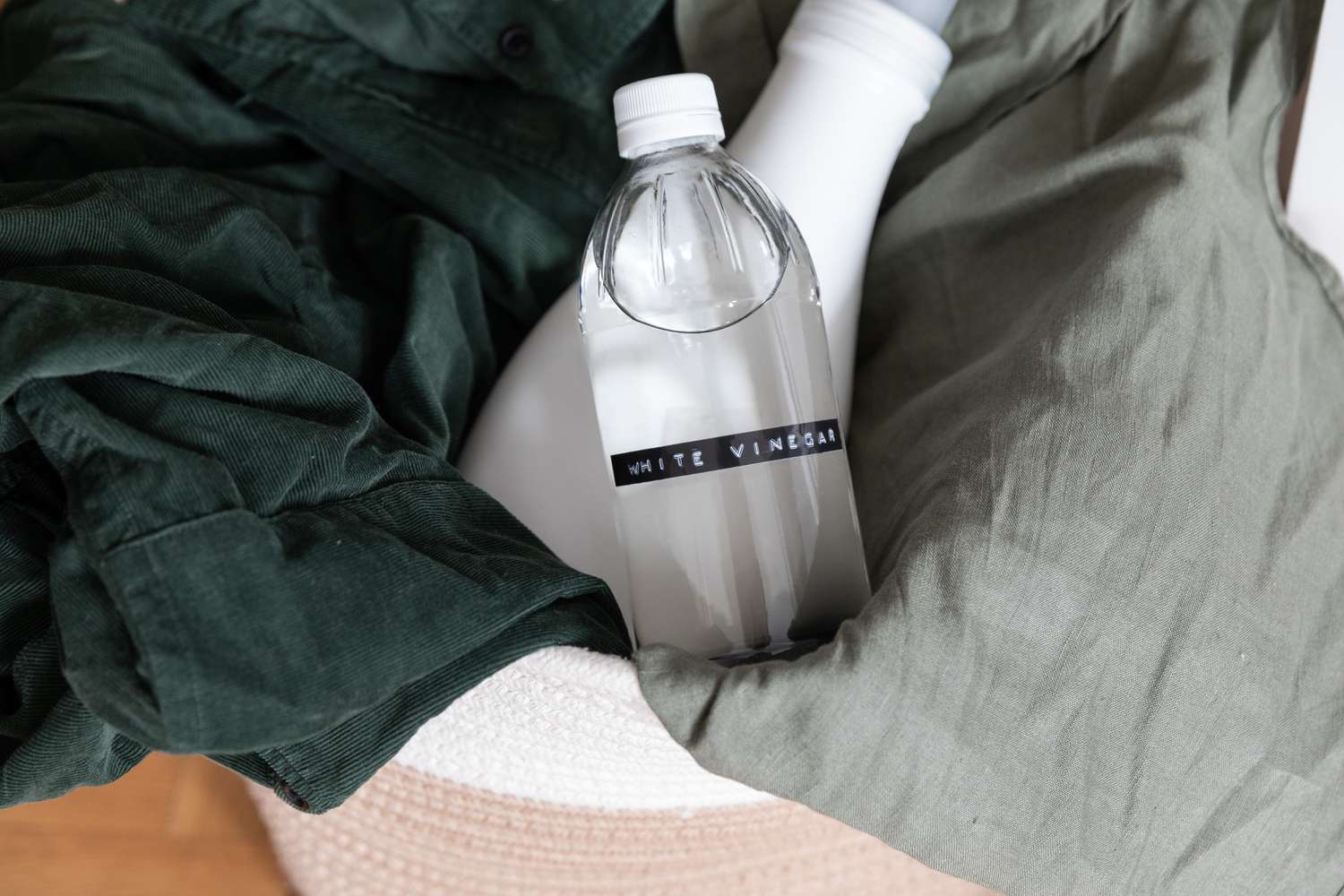

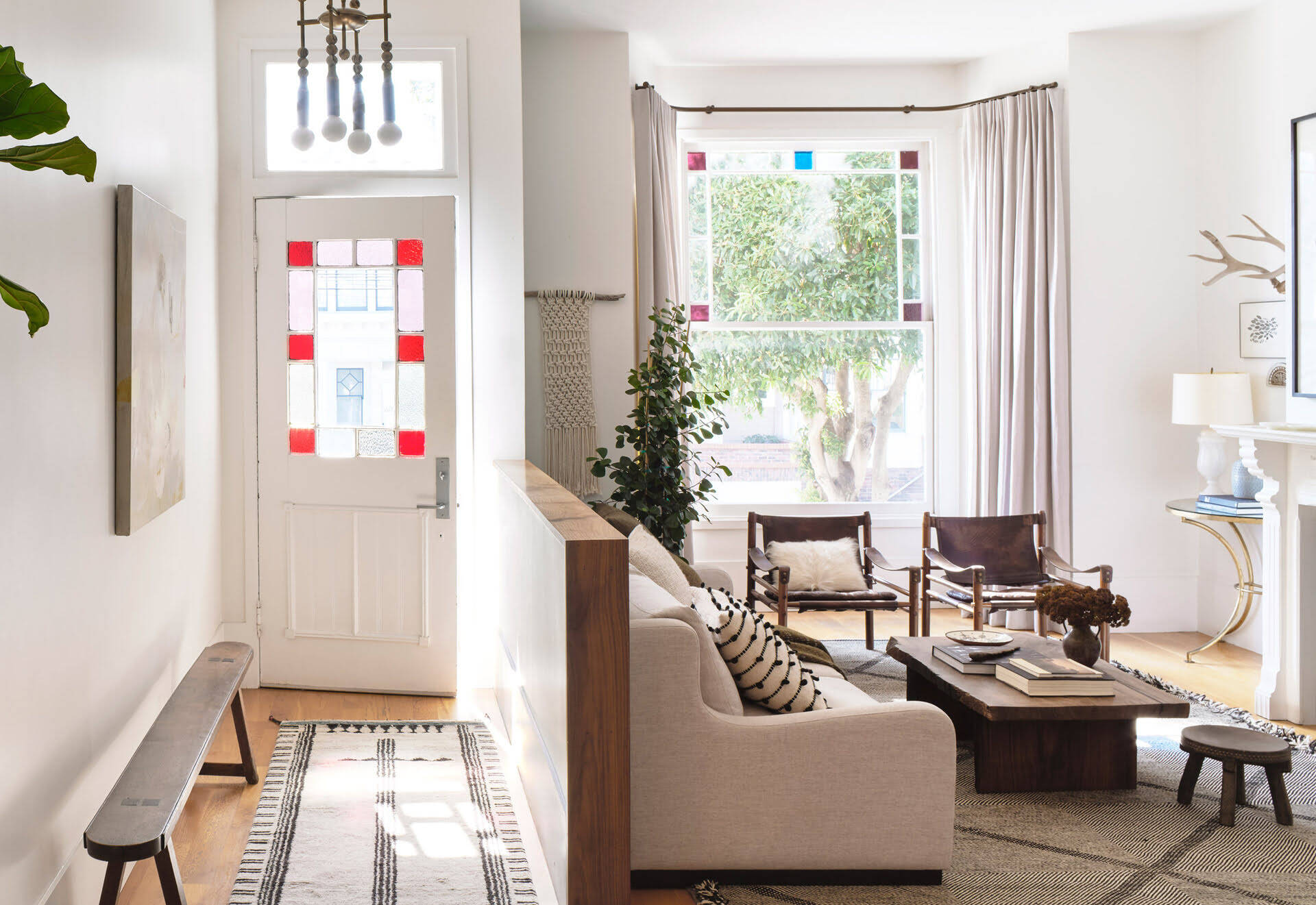
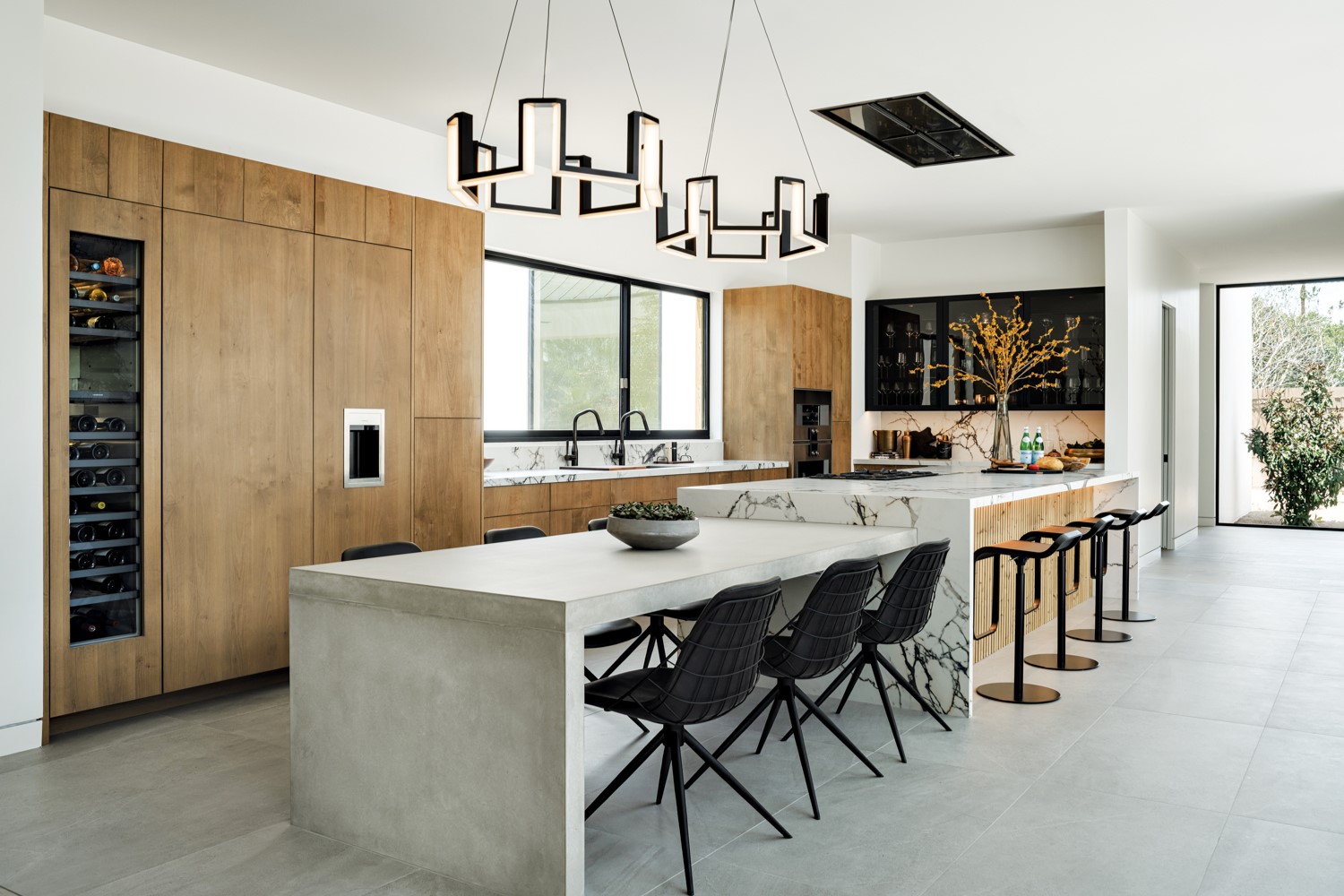
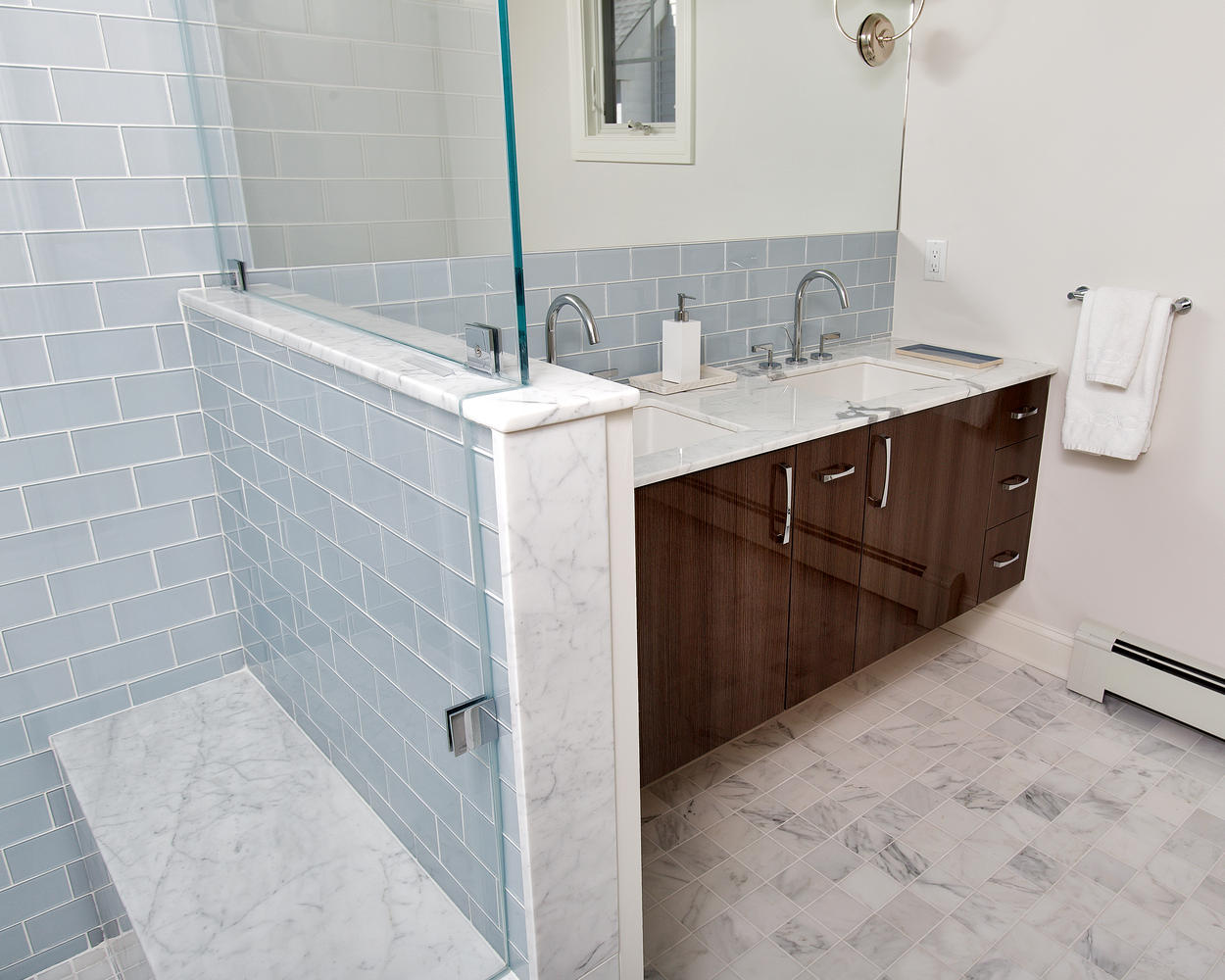

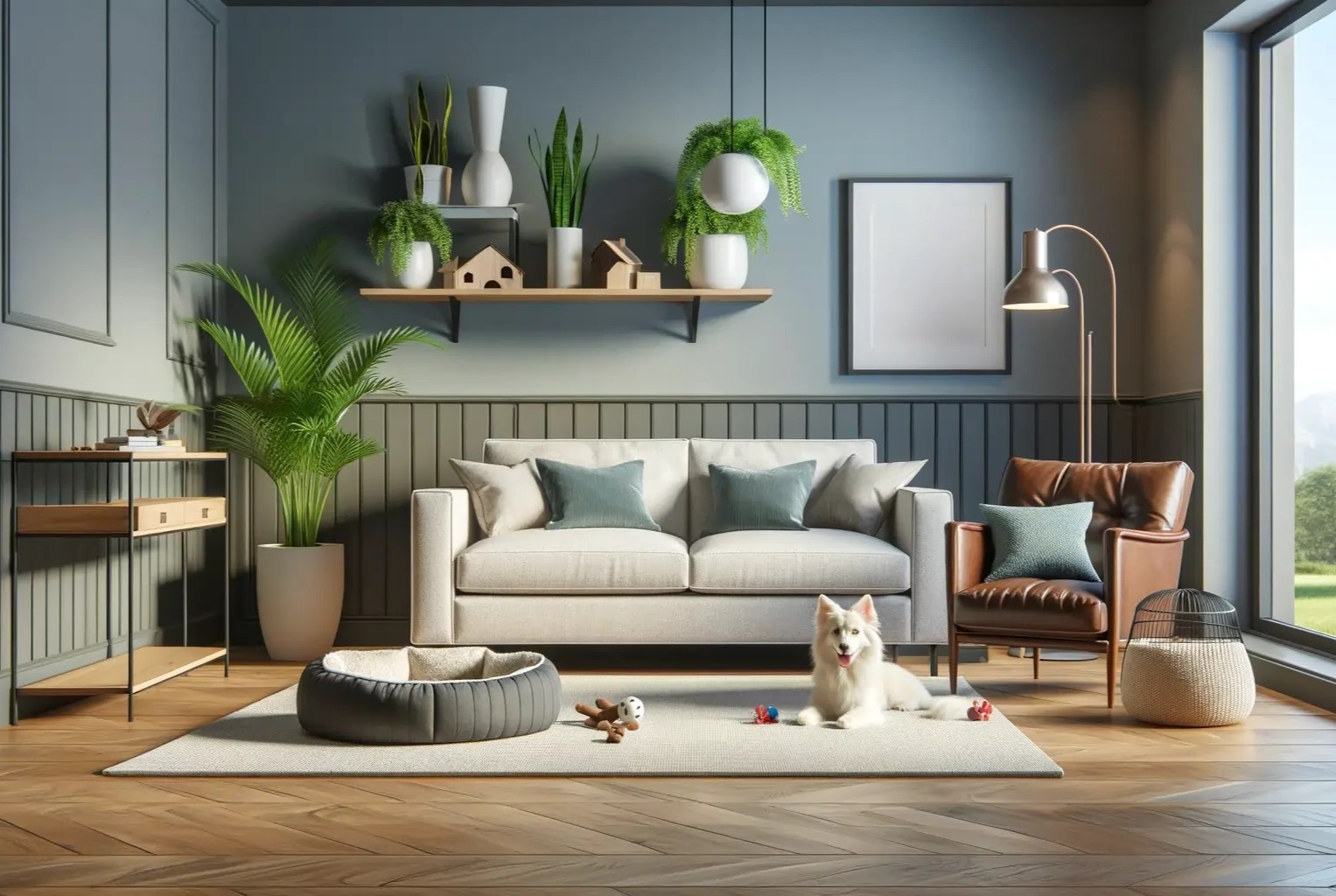
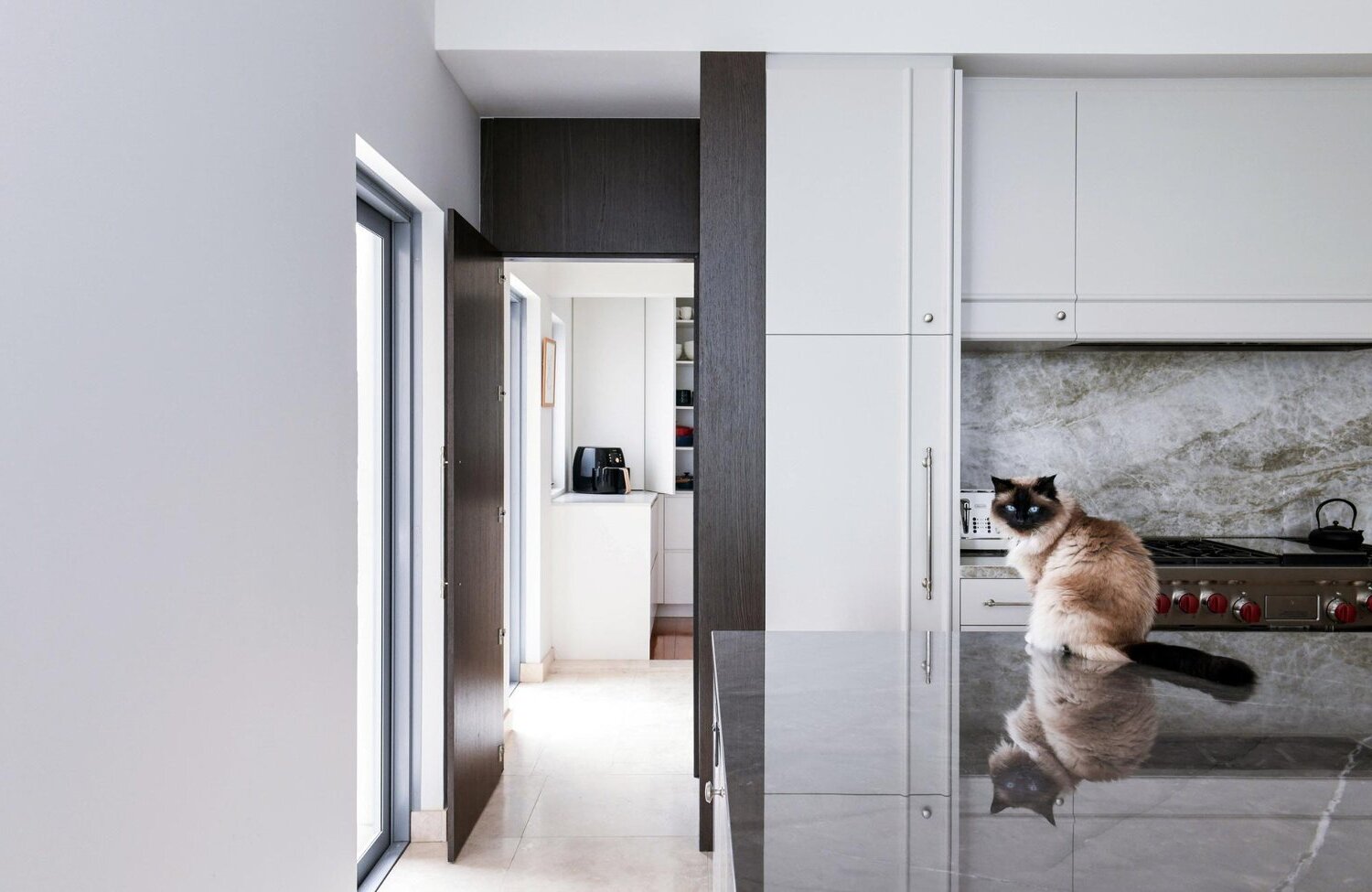
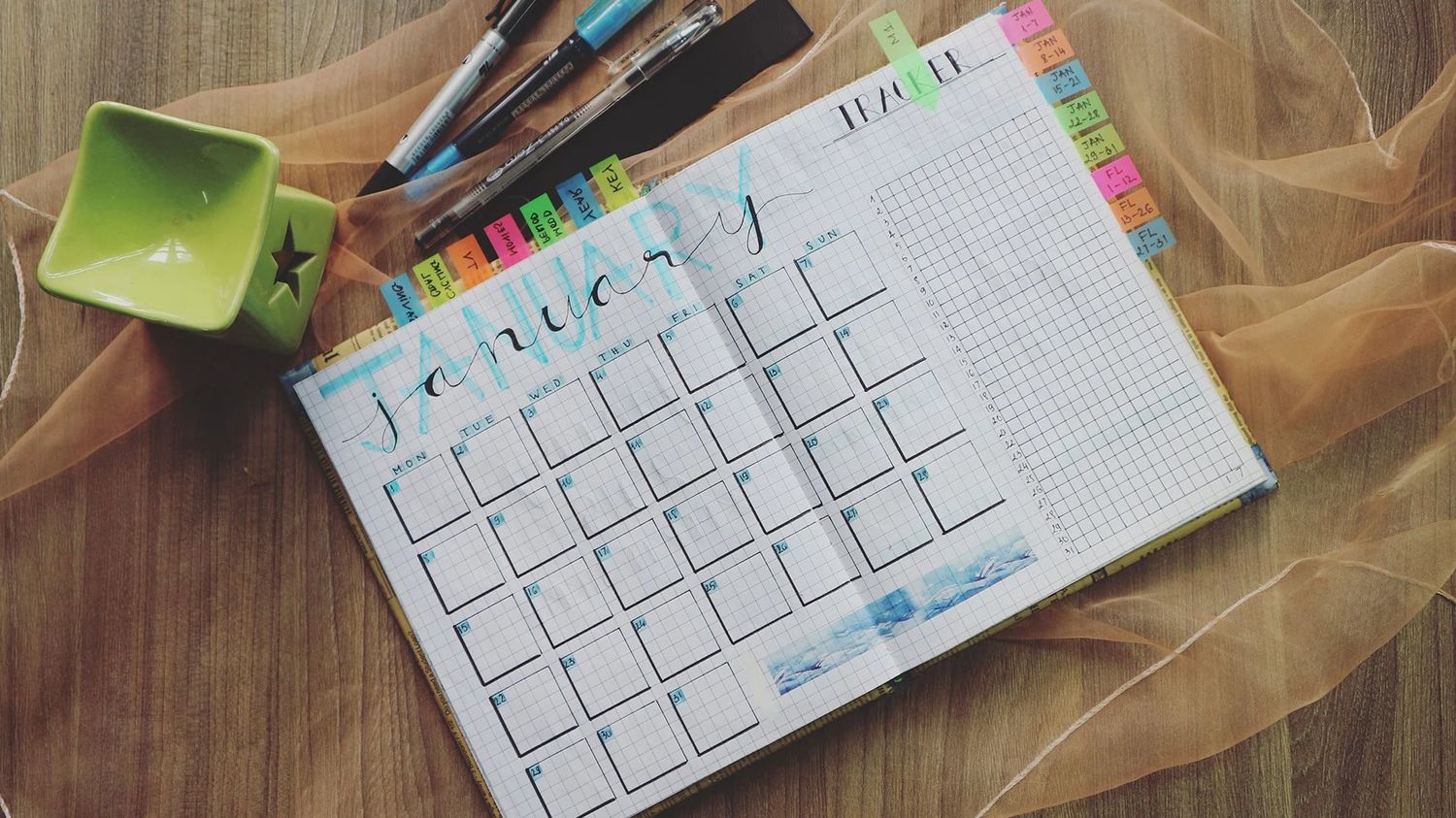

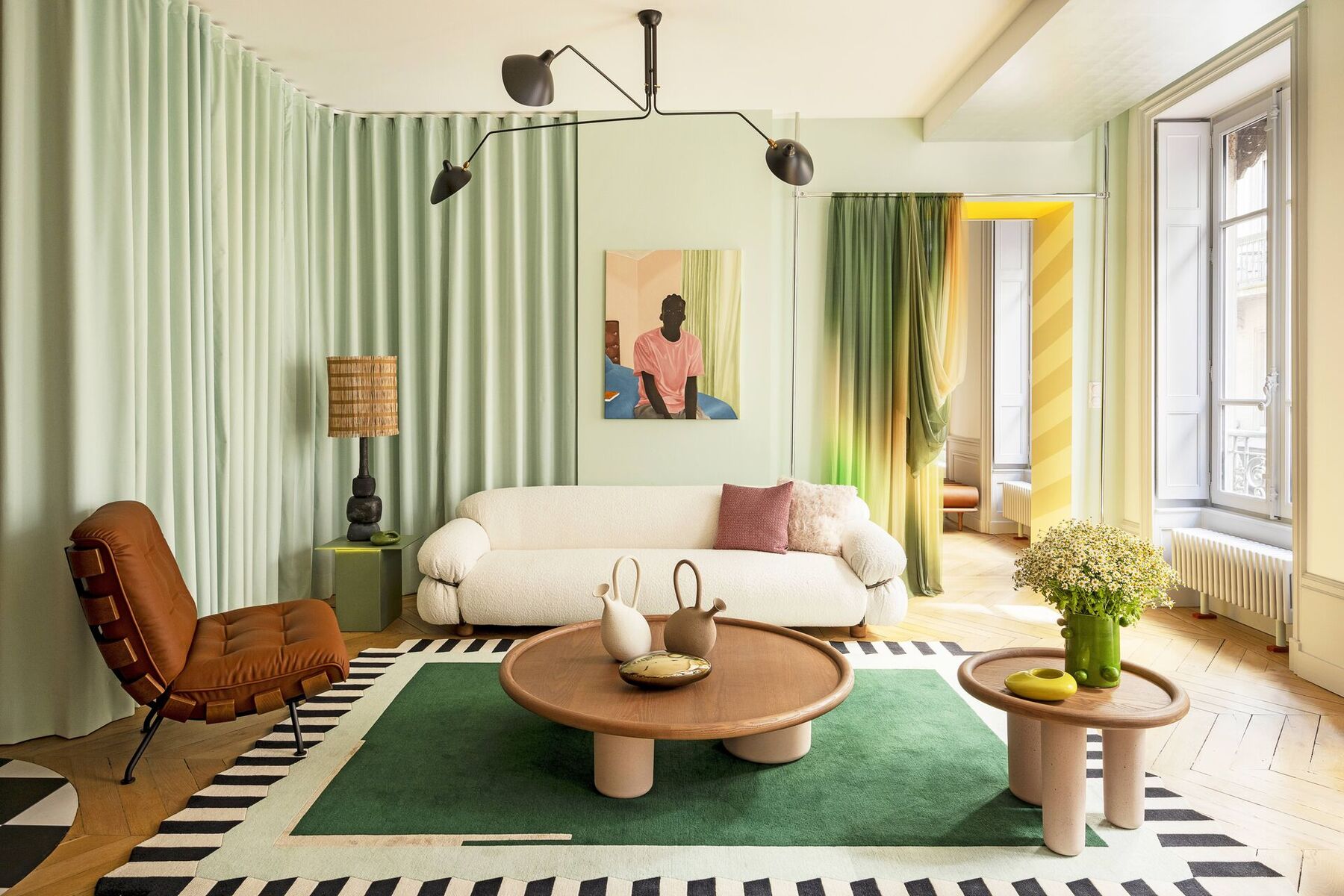

0 thoughts on “Creating A Pet-Friendly Home: Design Tips And Tricks”